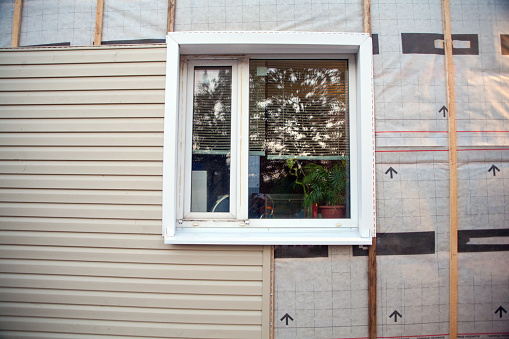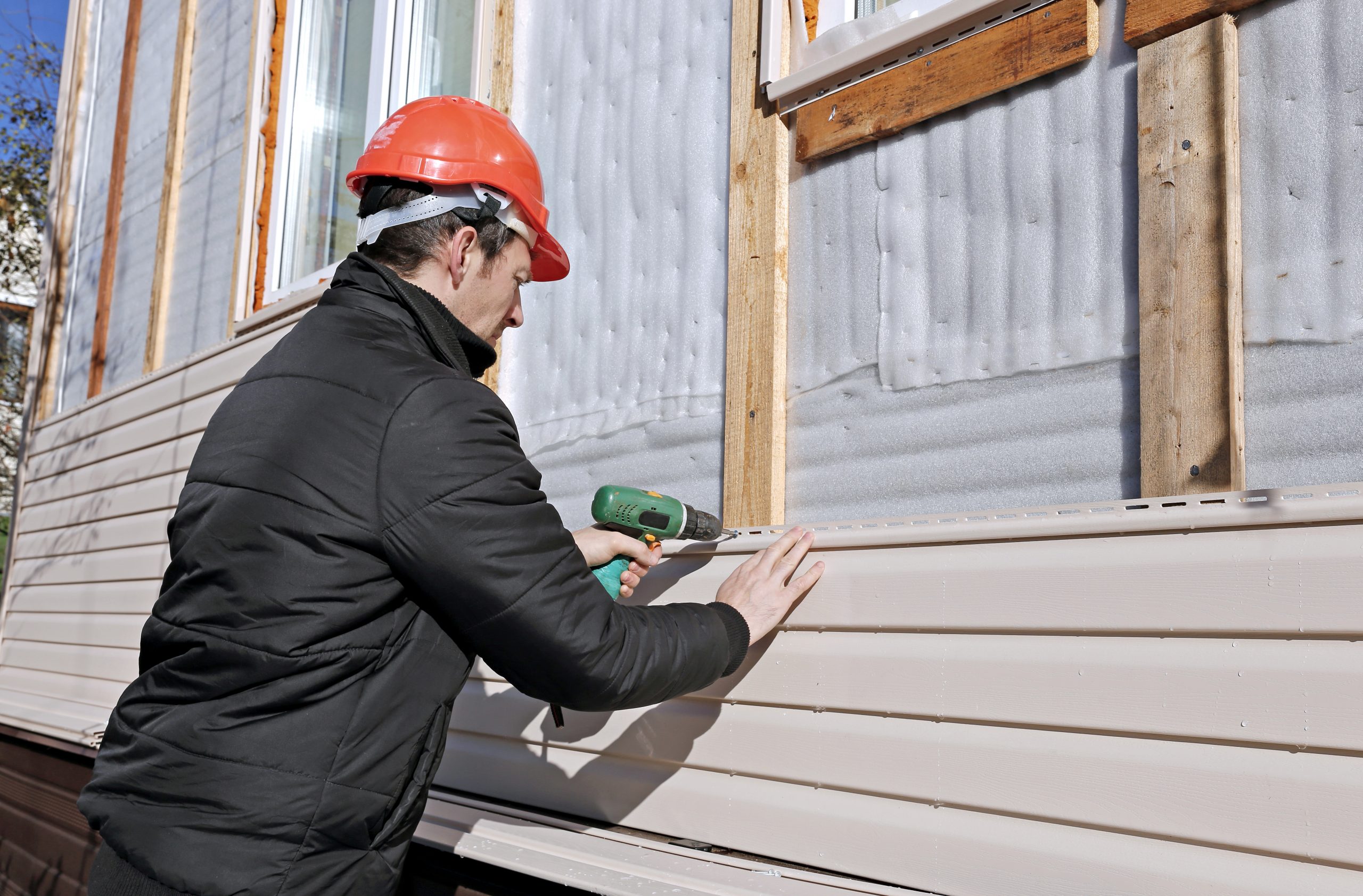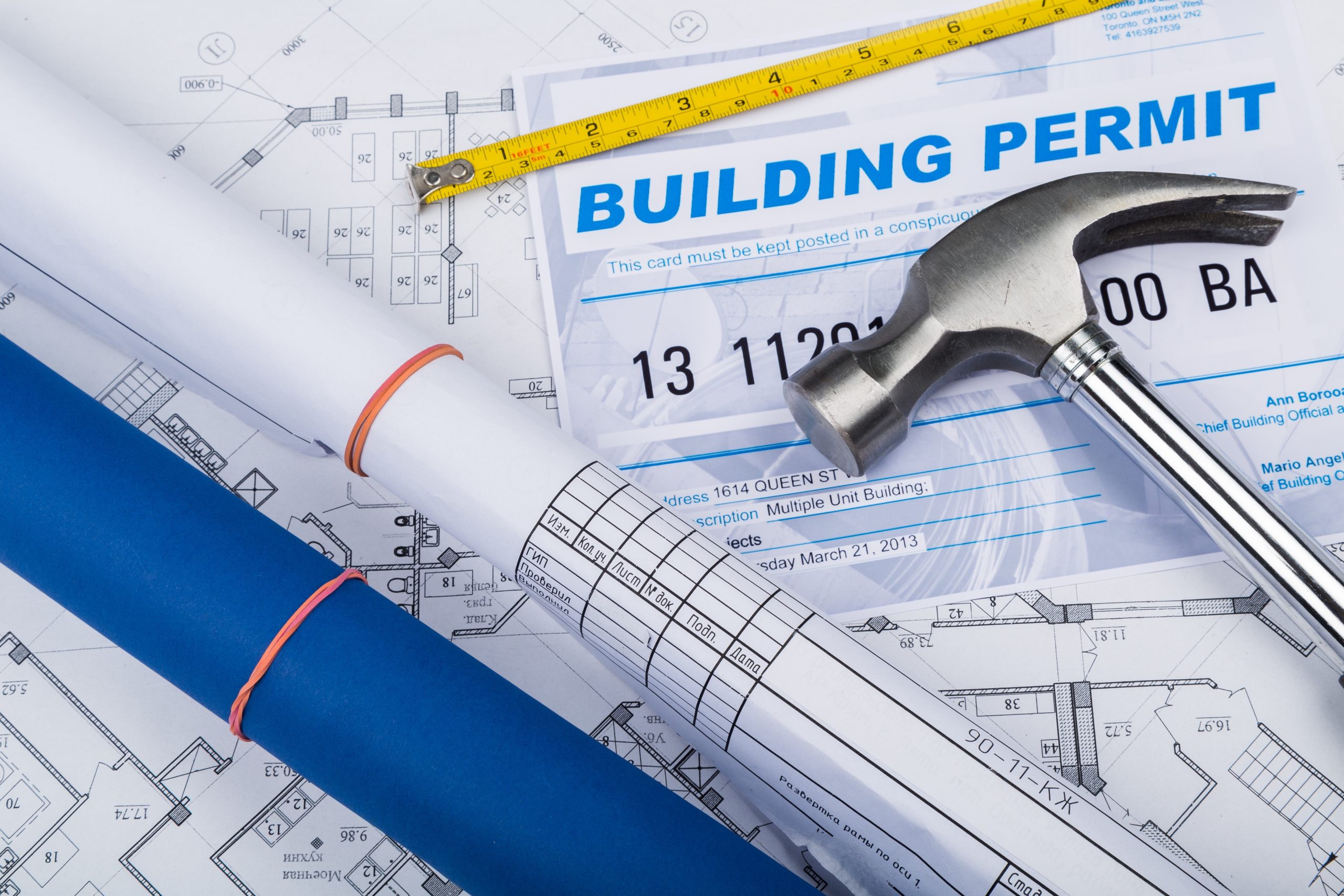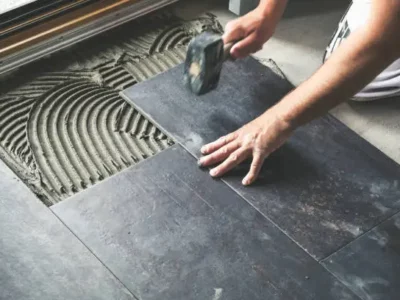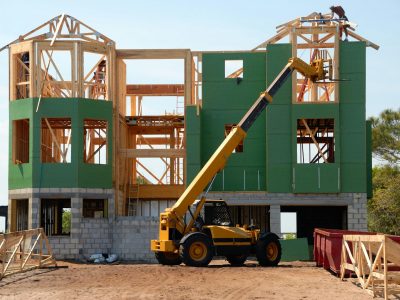Seeking a home remodeling permit may be time-consuming and a tad costly, but it’s a necessary procedure. Local governments issue them to ensure that homeowners and contractors perform specific works according to the building code.
Getting a permit for siding installation guarantees the safety of anyone involved, from the contractors to the homeowners and neighbors. It also protects customers from sloppy work and potential hazards.
If you’re wondering whether you need to get a permit for rehabilitating your home’s siding, whether by replacing, covering, or repairing it, here’s what you need to know.
Why Should You Get A Building Permit?
Before starting any major project, a building permit is necessary for a commercial building whether you’re in New York or at a residential home in Virginia. If you’re planning to hire a siding contractor in Arlington, VA, you can either apply for a permit by yourself or through your contractor.
While building codes vary from one state to another, it’s a given that securing a permit for major structural upgrades is crucial. Getting a permit represents approval from the local government. It means you and your contractor can proceed with the planned works, which are subjected to government inspection and support at the later stages.
The entire process ensures that any changes, whether construction or renovation, comply with the local building code. This set of regulations, while unique in every jurisdiction, exists to ensure that all buildings are safe and structurally sound.
Apart from ensuring safety and high-quality works, a permit may also prove helpful for homeowners who plan on selling their property in the future. Proper documentation on any home remodeling done helps justify your selling price.
When Should You Get A Permit For A Siding Project?
Despite the importance of a permit, not all building projects need one. Authorizations are often sought in projects that modify structures and trigger potentially dangerous working conditions, such as installing a new roof and new heating, ventilation, and air conditioning system.
For siding projects, homeowners have three options: replacement, repair, or upgrade. Depending on the extent of work needed, you may or may not require a siding permit.
- Siding Replacements
Replacing your siding to revamping your exterior is one great way to add value to your home. It also helps maintain or improve energy efficiency in your indoor living space. However, it requires substantial work, which in some cases may be hazardous.
You’ll need to get a permit for a total siding replacement, as the work involves completely removing the siding before having to replace it with new or the same materials. Before replacement, make sure to have a low humidity level or less atmospheric moisture in your home to prevent mold. Homeowners should hire a skilled siding contractor to do the job right.
- Siding Repairs
Whether you need a siding repair or not will depend on the size or area that needs to be repaired and the local regulations in your jurisdiction. Some states only require permits for repairs where you have to remove the old siding. At the same time, some localities assign a particular size for when homeowners need access. For example, siding repairs covering more than 10 square feet will need a building permit in San Bruno, California.
- Siding Upgrades
If you’re going to make minor cosmetic changes like a fresh coat of paint or merely placing new siding on top of your existing one, you won’t likely need to apply for a permit. That’s because no invasive and structural-altering works are involved. Contact your neighborhood association, though, as there may be specific limitations on the type of materials or colors that you can use.
Who Else Should You Ask?
If you’re still wondering whether you need to secure a permit for a specific siding project, contact local agencies and discuss the siding installation and other home rehabilitation plans you have in mind.
Otherwise, you can ask your contractor about it. Siding companies need to be familiar with the local laws and building codes, so they should provide you with the correct information about permits for siding projects.
Another source of information would be friends and family members who’ve recently gone through siding installation, repair or upgrade. Your homeowners’ association can also point you in the right direction, moving forward.
What Happens With Unpermitted Projects?
Homeowners who fail to secure the necessary permit will have to pay penalties. Additionally, local building officials may ask you to tear down the project and re-do the work, to make sure you follow the correct procedures. The same holds for homeowners who allow unpermitted renovations and later decide to sell their homes.
Final Thoughts
Your home’s siding serves both aesthetic and functional purposes. Before having it replaced or repaired, ask whether you need a permit. Besides ensuring compliance, getting one ensures that your siding can withstand your location’s weather conditions—helping you and your family remain comfortable and secure.


